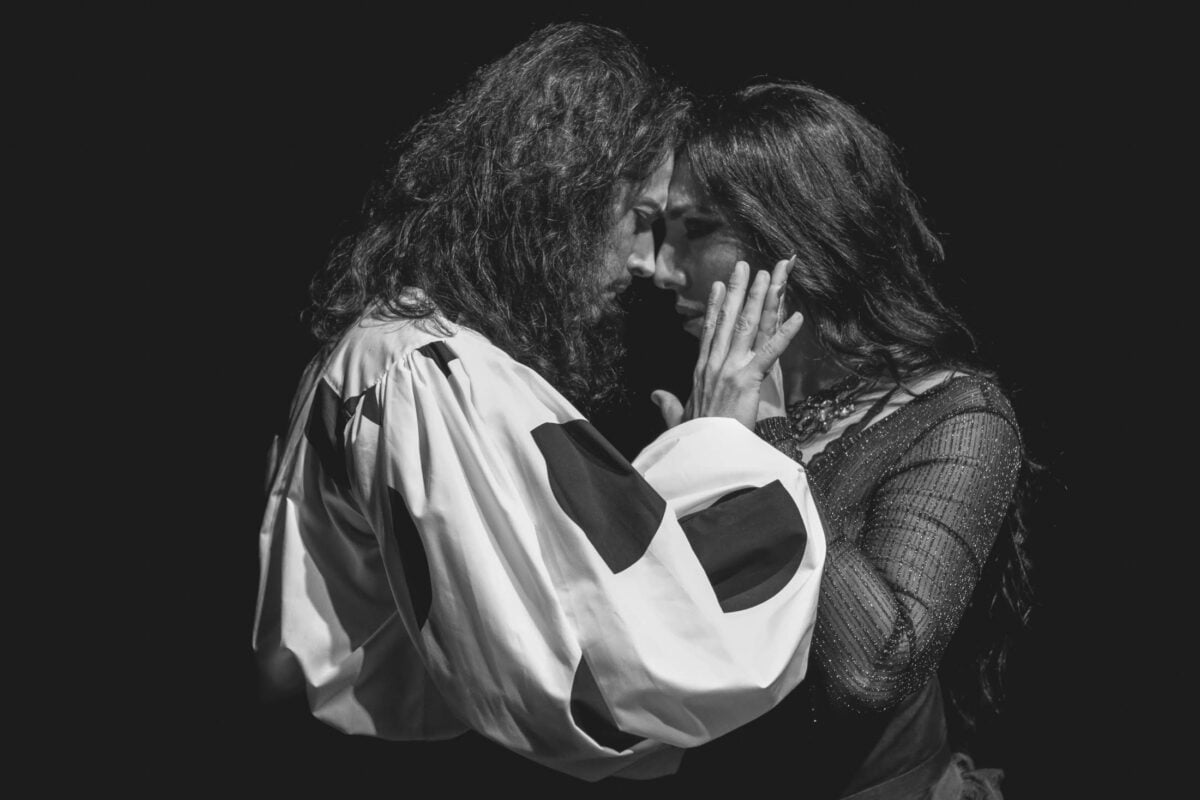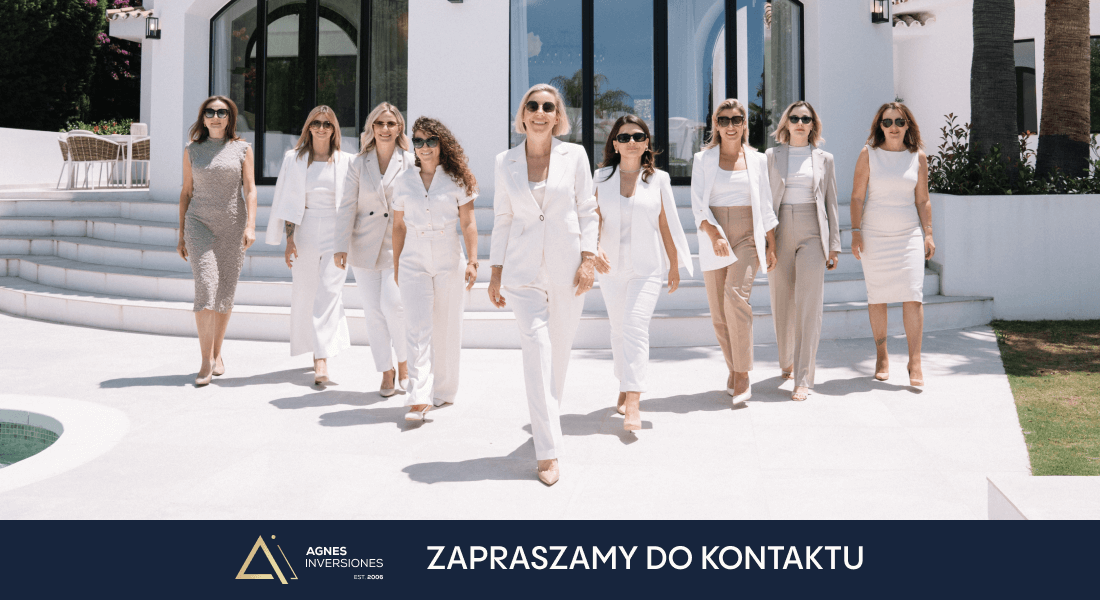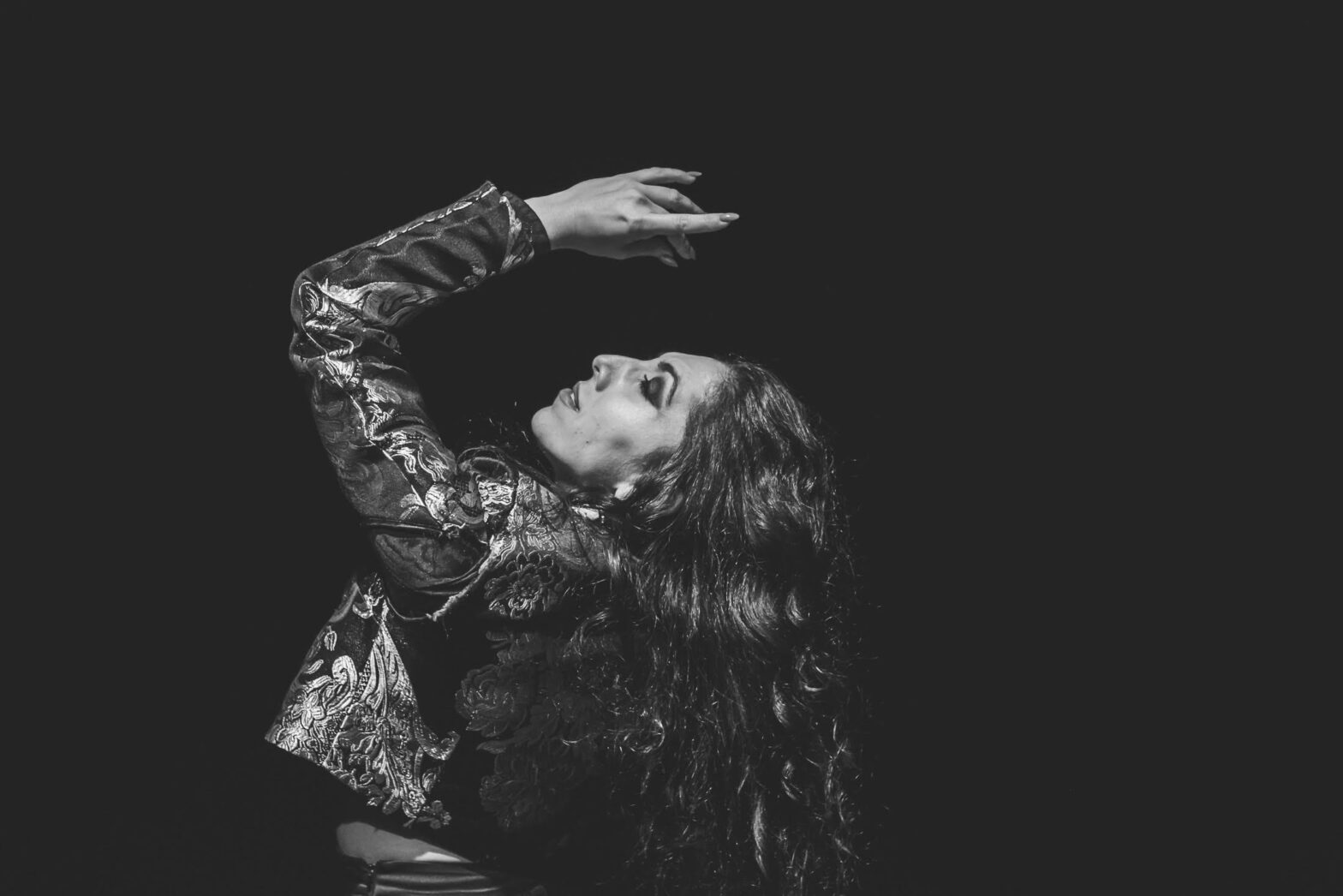Flamenco, the traditional Andalusian dance, is associated with dancers in colourful dresses with frills, dark hair tied up in a bun, guitar playing and singing. It is worthwhile, when renting a flat in Marbella or looking at houses in Spain, to go to this extraordinary show.
From generation to generation
The traditional form of flamenco has been passed down from generation to generation. The gestures and movements of flamenco dancers are full of expression and emotion. They use elements of clothing in their dancing: long skirts or dresses, sometimes fans, flowers, combs and hats. Shows are sometimes held in peñas flamencas, places run by lovers of this dance. Admission to these is charged.
In the 1840s, flamenco was presented on the stages of cafes cantantes, or artists’ cafes, and was also performed in theatres and opera houses. Even then it was presented to the general public, just as it is today, when it has become one of the tourist attractions of Andalusia. Flamenco is not just a dance, it is a whole culture, created by Andalusians, admirers and dancers all over the world. The phenomenon of flamenco is that you don’t need to know or understand the meaning of the words being sung, you just need to feel the emotion that goes with it, because flamenco is about feelings.
Gitanos and bohemia
For centuries, the history of flamenco has been linked to the Gitanos – the Roma living in the Spanish territories. They performed at Spanish courts as early as the 17th century. Today’s flamenco has for years been seen as a fusion of the Indian Roma heritage and other cultures from the Spanish territories, including Moorish, Jewish, Arabic and Latin American. The distinctive movements of the hands, arms and arms, as well as the tapping out of the rhythm, may have originated from the Hindu dance katak.
Today, the origins of flamenco are also linked to an admiration for folk and Roma culture. In this context, it was supposed to have emerged as a new quality, born, transformed in the Spanish bohemia, which included artists, the intelligentsia, the urban population and precisely the Gitanos.

Joyful singing and great singing
Falmenco is divided into two main types: the joyful cante chico (merry singing) and the cante jondo(cante grande, big, deep singing). Some of the many styles of flamenco can be seen during Christmas or Holy Week. Others, such as soleares, tangos or rumba gitana, are presented at most flamenco performances. During the festivals of the cities’ patron saints – the so-called ferias (the largest of which takes place in August in Málaga – the so-called Feria de Agosto), flamenco dominates the shows and the streets. It is an opportunity to see flamenco danced by townspeople and children, in beautiful traditional Andalusian costumes. Andalusians have flamenco in their blood.
Costumes and instruments
The dancers perform in a white shirt, with a neckerchief around their neck, wearing a tight waistcoat, dark trousers and high boots. They wear hats on their heads. The women are dressed in colourful long dresses and corsets with frills, over which they sometimes throw scarves. The performers appear on stage solo, in pairs or in a group. The dance is characterised by solos that show off the dancers’ skills – including the spectacular el taconeo – dancing on their heels. Dancers and musicians tap out the rhythm with castanets, clapping or snapping their fingers. Traditional flamenco music is played on guitars, sometimes a cello or violin.

Flamenco in Marbella
Buying a house in Spain is not only an investment, it is also a way of changing lifestyles, experiencing a different culture and customs. In some of the bars and restaurants in Marbella’s Old Town, you can see a live show of real flamenco. It is worth booking a table at Tablao Flamenco Ana Maria in Plaza Santo Cristo.
Hotels often organise so-called ‘Flamenco shows’, but these are mostly performances for tourists, not capturing the emotion and essence of flamenco.
I recommend following the performance agenda of the outstanding dancers Antonio de Veronica and Saray Cortes – who often make guest appearances in Marbella
Sources: Krzysztof Hliniak, Mimesis a duende. The process of flamenco creation in the light of the concept of imitation in ancient Greek aesthetics,The Polish Journal of the Arts and Culture, New Series 11(1/2020).

